What are ‘darts averages’? They’re a crucial statistic in darts, representing a player’s scoring consistency over a match or series of matches, calculated by dividing the total score achieved by the number of darts thrown. This article will delve into the intricacies of darts averages, explaining how they’re calculated, why they matter, and how you can improve your own.
⚠️ Still Using Pen & Paper (Of een schoolbord)?! ⚠️
Stap in de toekomst! De Dart Teller -app behandelt alle scoren, stelt kassa voor, en volgt uw statistieken automatisch. It's easier than you think!
Probeer de Smart Dart Teller -app gratis!Klaar voor een upgrade? Klik hierboven!
Understanding What are ‘Darts Averages’?
In de kern, A darts average provides a single number that reflects a player’s overall performance. It’s a much more insightful metric than simply looking at wins and losses, as it accounts for every dart thrown, revealing scoring consistency and identifying areas for improvement. A higher average generally indicates a more skilled and consistent player.
Darts averages are commonly used in professional darts tournaments and leagues to rank players, assess performance, and even predict match outcomes. They offer a standardized way to compare players, regardless of the number of matches played or the opponents faced.
The Basic Calculation
The fundamental formula for calculating a darts average is:
Average = Total Score / Number of Darts Thrown
Bijvoorbeeld, if a player scores a total of 600 points with 100 darts, their average would be 6.0. This means that, on average, they are scoring 6 points per dart.
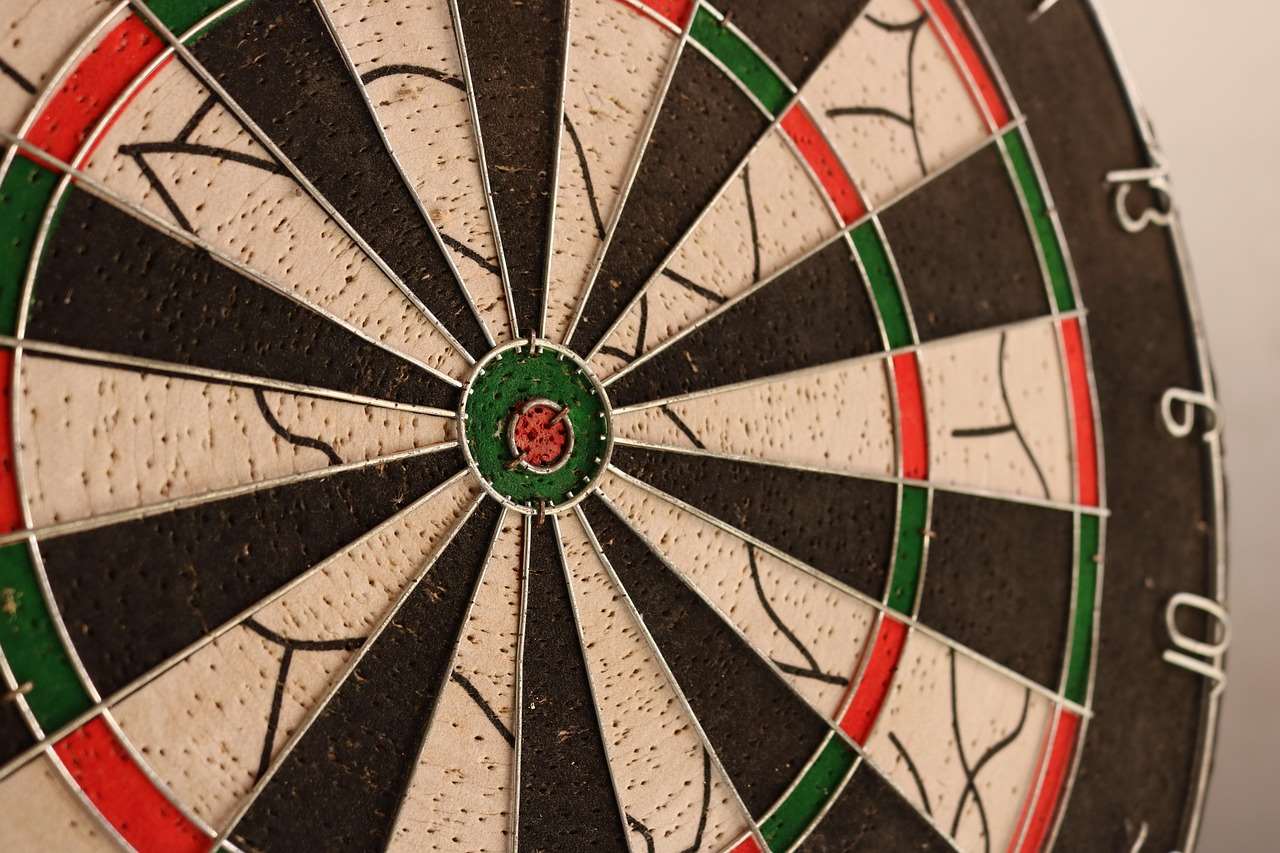
Why Do Darts Averages Matter?
Darts averages are important for several reasons, both for professional players and amateur enthusiasts.
- Performance Assessment: They provide an objective measure of a player’s skill level and consistency.
- Comparison: They allow for easy comparison between players, regardless of the number of matches played.
- Improvement Tracking: Players can track their progress over time by monitoring changes in their average.
- Strategic Analysis: Coaches and players can use averages to identify strengths and weaknesses in their game.
- Match Prediction: Although not foolproof, higher averages often correlate with a higher probability of winning a match.
Bijvoorbeeld, if you are trying to improve your game, understanding Basic Darts Fundamentals for Beginners and then tracking your average will show you the progress you are making.
Beyond the Simple Average: Refining the Metric
While the basic formula is straightforward, there are some nuances to consider when interpreting darts averages.
- Leg Averages vs. Match Averages: A leg average reflects the scoring during a single leg (a single game of 501, bijvoorbeeld), while a match average represents the overall scoring across the entire match. Match averages are typically considered more reliable as they encompass a larger sample size.
- First Nine Dart Average: This metric specifically tracks the average score achieved with the first nine darts of each leg. It’s often used to assess a player’s starting performance and their ability to set up a finish.
- Checkout Percentage: While not directly an average, checkout percentage (the percentage of times a player successfully finishes a leg after reaching a double) is a crucial complementary statistic. A high average combined with a low checkout percentage indicates that the player is scoring well but struggling to close out legs.
Factors Influencing Darts Averages
Numerous factors can influence a player’s darts average, some within their control and others external.
- Skill Level: Naturally, a more skilled player with better technique and accuracy will generally have a higher average.
- Consistency: Consistency in throwing technique and mental approach is vital for maintaining a high average.
- Pressure: The pressure of competition can significantly impact a player’s performance and lead to fluctuations in their average.
- Equipment: The choice of darts, flights, and shafts can affect a player’s accuracy and consistency.
- Physical Condition: Factors such as fatigue, health, and eyesight can all influence a player’s average.
- Mental Game: Mental fortitude, focus, and the ability to handle pressure are crucial for consistent performance.
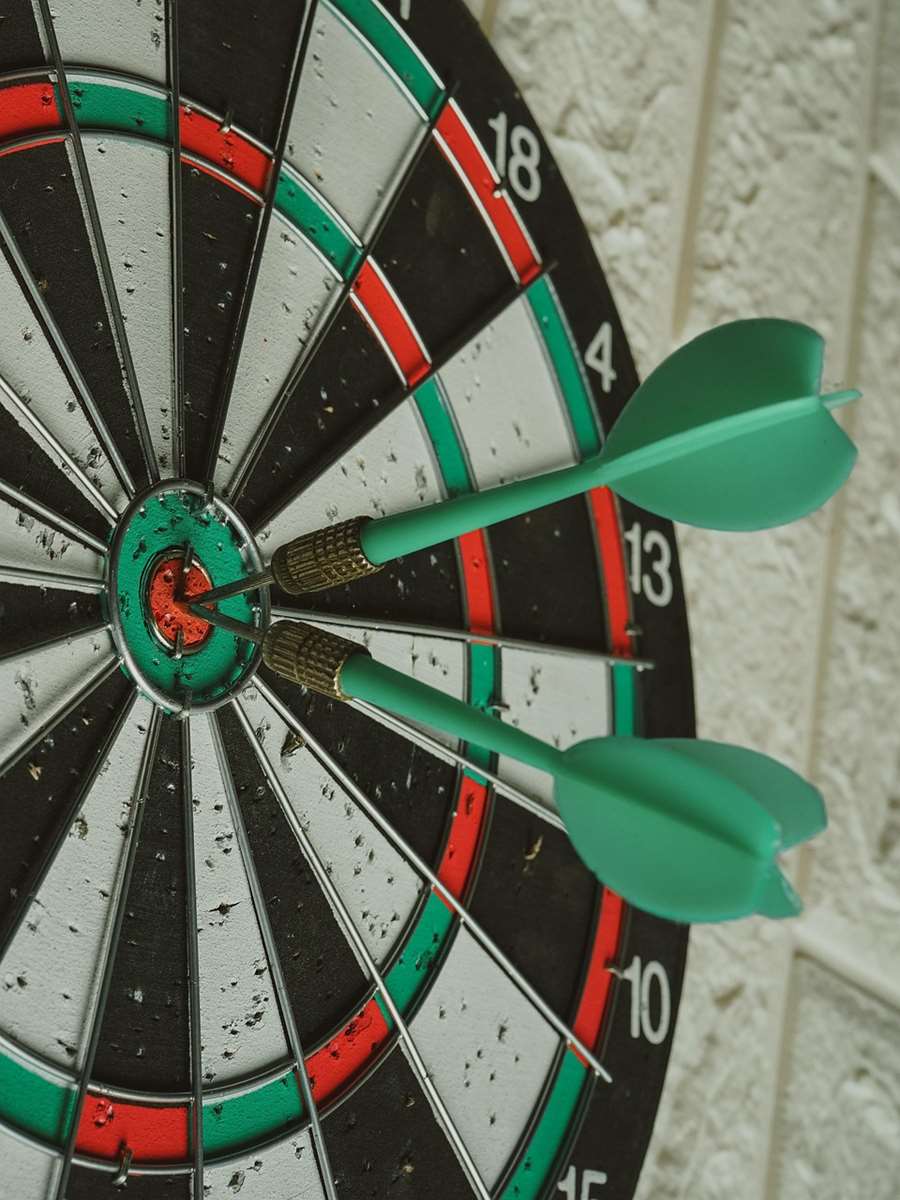
How to Improve Your Darts Average
Improving your darts average requires a multifaceted approach, focusing on both technical skills and mental fortitude. Here are some actionable tips:
- Oefen regelmatig: Consistent practice is the cornerstone of improvement. Dedicate time to throwing darts regularly, focusing on technique and accuracy.
- Focus on Technique: Refine your throwing technique, ensuring a consistent stance, grip, and release. Seek guidance from experienced players or coaches.
- Target Practice: Don’t just throw darts aimlessly. Set specific targets and practice hitting them repeatedly. Focus on doubles, trebles, and consistent scoring areas.
- Analyze Your Game: Track your scores and averages over time to identify areas for improvement. Pinpoint weaknesses and focus on addressing them in your practice sessions.
- Mental Training: Develop mental strategies to manage pressure and maintain focus during matches. Visualisatie, positive self-talk, and deep breathing exercises can be helpful.
- Experiment with Equipment: Try different darts, flights, and shafts to find the combination that works best for you. Small adjustments can make a significant difference.
- Play Against Stronger Opponents: Challenging yourself against better players will force you to elevate your game and improve your average.
- Record and Review: Record your matches or practice sessions and review them later to identify areas where you can improve.
Drills to Boost Your Darts Average
Here are a few specific drills you can incorporate into your practice routine to help boost your darts average:
- De klok rond: Start at 1 and try to hit each number sequentially, moving around the board. This helps improve accuracy and consistency on all numbers.
- Doubles Practice: Focus solely on hitting doubles. This is crucial for finishing legs and improving your checkout percentage.
- Trebles Practice: Practice hitting the treble 20 and other scoring trebles to maximize your scoring potential.
- 170 Checkout Practice: Attempt the 170 checkout (T20, T20, Bullseye) repeatedly. Even if you don’t hit it every time, this drill helps improve your accuracy on the treble 20 and bullseye.
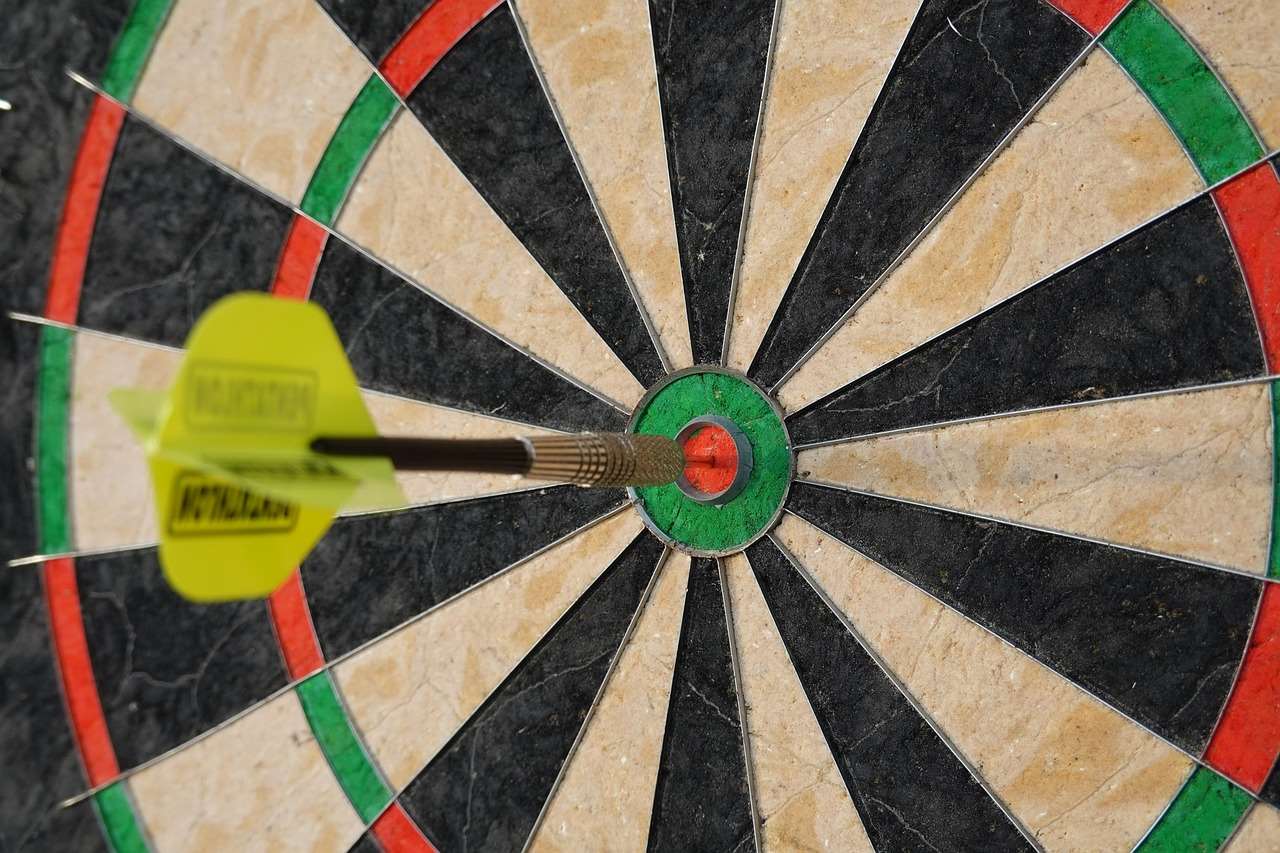
Darts Averages in Professional Darts
In professional darts, darts averages are a crucial indicator of a player’s ability and potential. The top players in the world consistently maintain high averages, often exceeding 95 or even 100. These averages reflect their exceptional skill, consistency, and mental fortitude.
Darts averages are used in professional tournaments for:
- Seeding: Players with higher averages are often seeded higher in tournaments.
- Performance Analysis: Broadcasters and analysts use averages to assess player performance and provide commentary.
- Statistical Comparisons: Averages are used to compare players head-to-head and track their progress throughout the season.
- Betting Odds: Betting companies often use averages to calculate the odds for matches.
Notable Averages in Darts History
Throughout the history of professional darts, several players have achieved remarkable darts averages. Michael van Gerwen, Phil Taylor, and Peter Wright are just a few examples of players known for their consistently high scoring. These players have consistently broken records and set new standards for performance in the sport. While not always a guarantee of victory, a very high average often leads to an advantage.
It is important to remember that while striving for higher averages is beneficial, understanding How to make darts fairer with handicap rules is crucial for inclusive play, especially when engaging with different skill levels.
Common Misconceptions About Darts Averages
Despite their importance, there are several common misconceptions surrounding darts averages.
- A High Average Always Means a Win: While a high average increases the chances of winning, it’s not a guarantee. Checkout percentage and the opponent’s performance also play crucial roles.
- All Averages Are Created Equal: Leg averages and match averages can differ significantly. It’s important to consider the context when interpreting averages.
- Averages Tell the Whole Story: While informative, averages don’t capture the full complexity of a darts match. Factors such as pressure, momentum, and individual moments of brilliance can also influence the outcome.
- Averages are the only thing that matters: While averages are important, the psychological aspect of darts is equally significant. Maintaining focus, managing pressure, and adapting your strategy are all critical for success.
Tools and Resources for Tracking Darts Averages
Several tools and resources are available to help players track their darts averages and analyze their performance:
- DartConnect: A popular app that allows players to track scores, averages, and other statistics during matches.
- My Dart Training: A website and app that provides training drills, performance tracking, and personalized feedback.
- Online Dart Calculators: Numerous websites offer free dart calculators that can quickly calculate averages based on scores and darts thrown.
- Spreadsheets: Simple spreadsheets can be used to manually track scores and calculate averages.
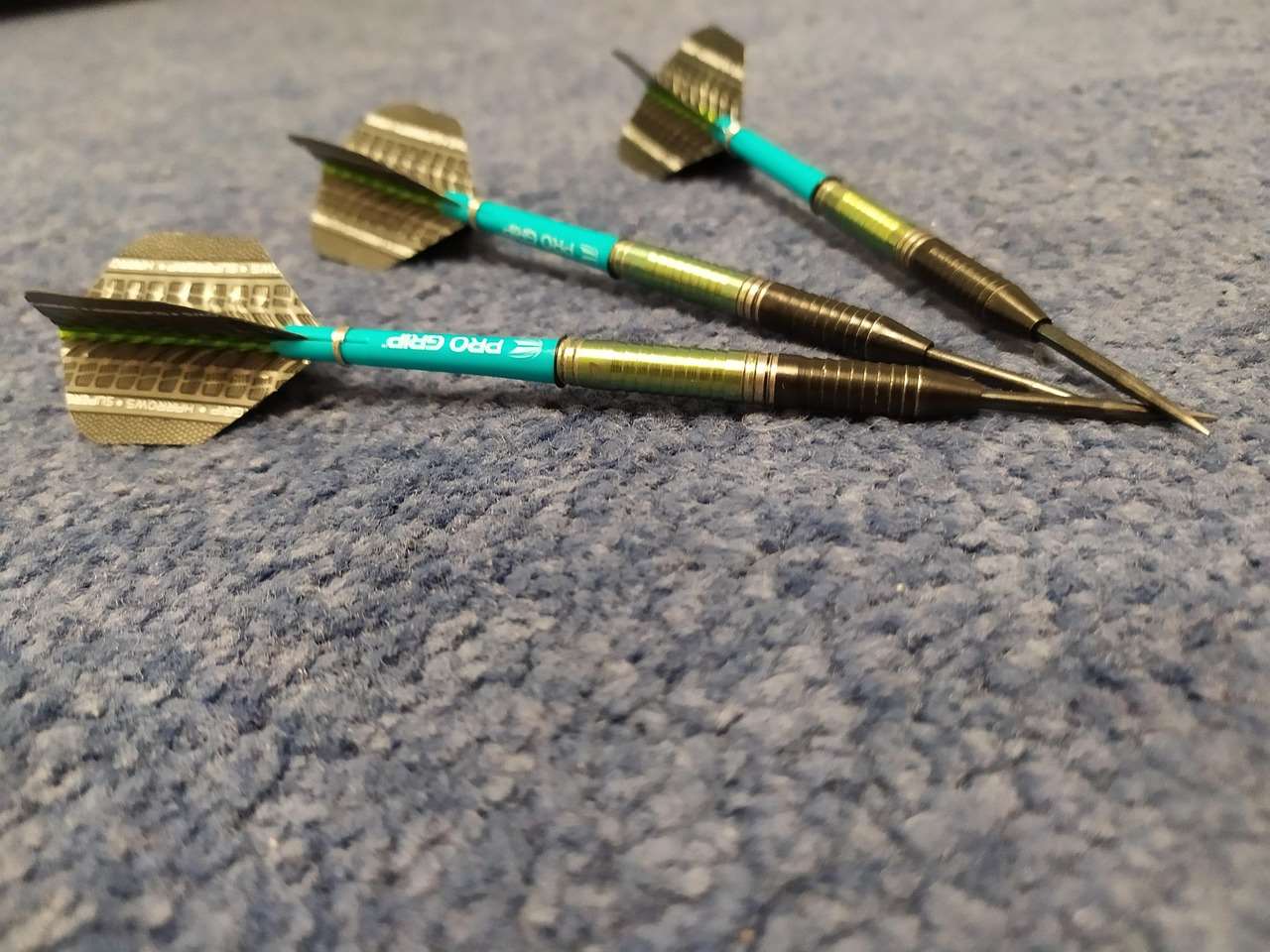
The Future of Darts Averages and Analytics
Terwijl Darts blijft evolueren, the use of analytics and statistics, inbegrepen darts averages, will likely become even more sophisticated. Advancements in technology could lead to more detailed performance tracking, personalized training programs, and data-driven strategies. Understanding and leveraging these analytics could give players a competitive edge and further enhance the sport.
Consider exploring Fun dart game variations with modified rules to broaden your understanding of the sport and improve your overall skill.
Conclusie: Mastering the Art of Averages
Begrip what are ‘darts averages’? and how they’re calculated is crucial for any darts player looking to improve their game. They provide a valuable measure of performance, allow for comparisons between players, and offer insights into areas for improvement. By focusing on technique, practicing consistently, and tracking your progress, you can boost your average and elevate your game to the next level. Embrace the power of analytics, and watch your darts game soar!
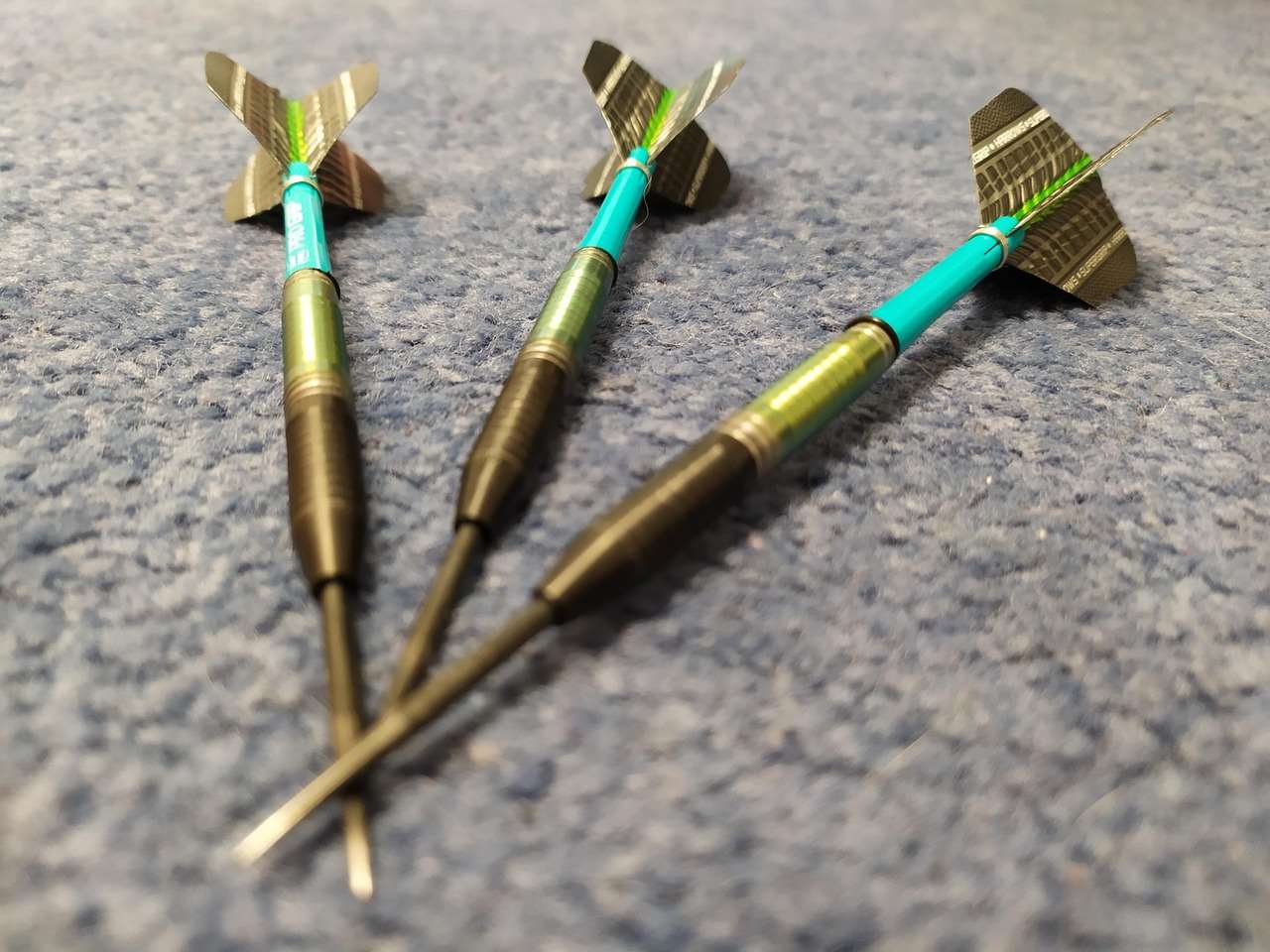
Ready to put your newfound knowledge to the test? Grab your darts, start tracking your averages, and see how high you can climb! Don’t forget to share your progress and insights with fellow dart enthusiasts online. Happy darting!
Hoi, Ik ben Dieter, En ik heb Dartcounter gemaakt (Dartcounterapp.com). Mijn motivatie was geen darts -expert - helemaal tegenovergestelde! Toen ik voor het eerst begon te spelen, Ik hield van het spel, maar vond het moeilijk en afleidend om nauwkeurige scores te houden en statistieken te volgen.
Ik dacht dat ik niet de enige kon zijn die hiermee worstelde. Dus, Ik besloot om een oplossing te bouwen: een eenvoudig te gebruiken applicatie die iedereen, Ongeacht hun ervaringsniveau, zou kunnen gebruiken om moeiteloos te scoren.
Mijn doel voor Dartcounter was eenvoudig: Laat de app de nummers afhandelen - het scoren, de gemiddelden, de statistieken, Zelfs checkout suggesties - zodat spelers puur kunnen richten op hun worp en genieten van het spel. Het begon als een manier om het probleem van mijn eigen beginners op te lossen, En ik ben heel blij dat het is uitgegroeid tot een nuttig hulpmiddel voor de bredere darts -community.